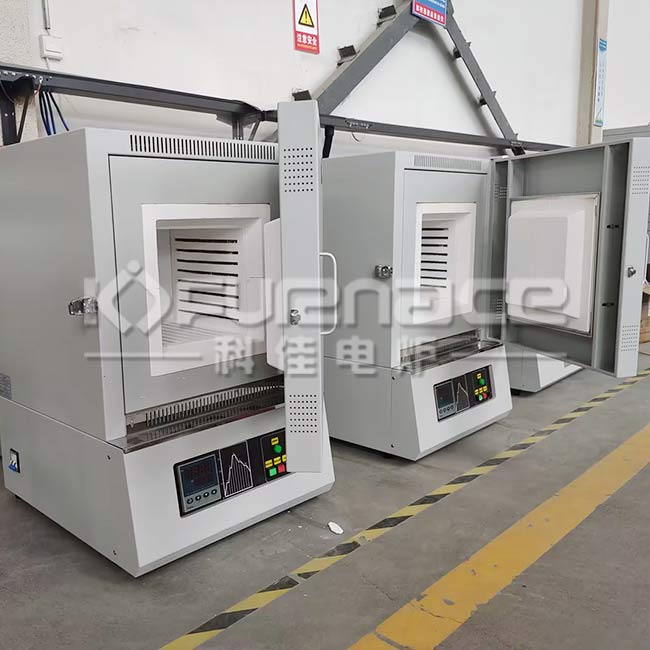What is a laboratory furnace? What are the uses of laboratory furnaces?
A laboratory furnace is a heating device specially designed for use in a laboratory environment.
It usually has a small size and precise temperature control function, and can operate stably within different temperature ranges. Laboratory furnaces use a variety of heating methods, such as resistance heating, induction heating, etc.
The outer shell is generally made of high-temperature resistant and heat-insulating materials to reduce heat loss and ensure the safety of operators. The material and layout of the internal heating elements are carefully designed to ensure the uniformity of the temperature in the furnace.
Laboratory furnaces can be used for various experiments and research work, such as material science research, chemical analysis, physical experiments, etc., to provide the specific temperature conditions required for the experimental process.
The application process of laboratory furnaces includes but is not limited to the following aspects:
1. **Material synthesis**: For example, the synthesis of new compounds, nanomaterials, etc. By controlling the temperature, reaction time and atmosphere conditions, the precise preparation of materials is achieved.
2. **Material sintering**: Used for the sintering of materials such as ceramics and metal ceramics to achieve the required density and performance.
3. **Sample drying**: Quickly remove moisture or solvents from the sample to ensure the purity and quality of the sample.
4. **High temperature annealing**: Improve the crystal structure and properties of metal materials and eliminate internal stress.
5. **Thermal decomposition research**: Analyze the decomposition process and products of substances at different temperatures to provide data support for material research and development and analysis.
6. **Thermal performance testing of materials**: Such as the determination of thermal expansion coefficient, thermal conductivity, etc.
7. **Glass melting**: Prepare glass samples with specific composition and properties.
8. **Catalyst activation and regeneration**: Restore the activity of catalysts through high temperature treatment.
9. **Carbonization and graphitization of organic matter**: Study the transformation process of organic matter into carbon materials.



 E-mail:web@kejiafurnace.com
E-mail:web@kejiafurnace.com
 Tell:+(86) 18037178440
Tell:+(86) 18037178440
 Whatapp:+(86) 180-3717-8440
Whatapp:+(86) 180-3717-8440
 Address:Room 1505, Building 9, No. 26 Dongqing Street, Zhengzhou High-tech Industrial Development Zone
Address:Room 1505, Building 9, No. 26 Dongqing Street, Zhengzhou High-tech Industrial Development Zone
